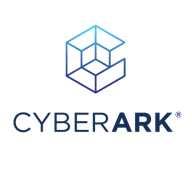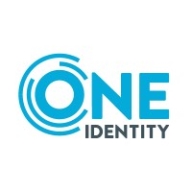

CyberArk Endpoint Privilege Manager and One Identity Privileged Access Suite for Unix compete in endpoint privilege management. CyberArk has an edge with its pricing and customer support, while One Identity is preferred for its comprehensive features.
Features: CyberArk offers strong security controls, granular privilege management, and cost-effective solutions. One Identity provides seamless Unix integration, comprehensive feature sets, and extensive supported environments.
Room for Improvement: CyberArk can enhance scalability, customization, and improve user interface design. One Identity could improve reporting tools, automation capabilities, and user training resources.
Ease of Deployment and Customer Service: CyberArk is favored for ease of deployment and responsive customer service. One Identity's deployment is complex, but its proactive support team is helpful.
Pricing and ROI: CyberArk is noted for competitive pricing with a rapid ROI. One Identity has higher costs, but the extensive features offer a satisfactory ROI over time.
| Product | Market Share (%) |
|---|---|
| CyberArk Endpoint Privilege Manager | 3.2% |
| One Identity Privileged Access Suite for Unix | 0.5% |
| Other | 96.3% |


| Company Size | Count |
|---|---|
| Small Business | 17 |
| Midsize Enterprise | 9 |
| Large Enterprise | 18 |
CyberArk Endpoint Privilege Manager, a critical and foundational endpoint control addresses the underlying weaknesses of endpoint defenses against a privileged attacker and helps enterprises defend against these attacks through removing local admin rights, enforcing least privilege, and implementing foundational endpoint security controls across all Windows, macOS and Linux endpoints from hybrid to cloud environments.
Click here for a free 30 day trial: CyberArk Endpoint Privilege Manager free trial
The Privileged Access Suite for Unix is a one-stop shop for UNIX security that combines Active Directory bridge and root-delegation solutions in one console. It extends the authentication and authorization of Active Directory to UNIX, Linux, and Mac OS X users consolidating and unifying identities. Plus, it assigns individual accountability, enables least-privilege access and centralizes access reporting of the UNIX root account.
We monitor all Privileged Access Management (PAM) reviews to prevent fraudulent reviews and keep review quality high. We do not post reviews by company employees or direct competitors. We validate each review for authenticity via cross-reference with LinkedIn, and personal follow-up with the reviewer when necessary.